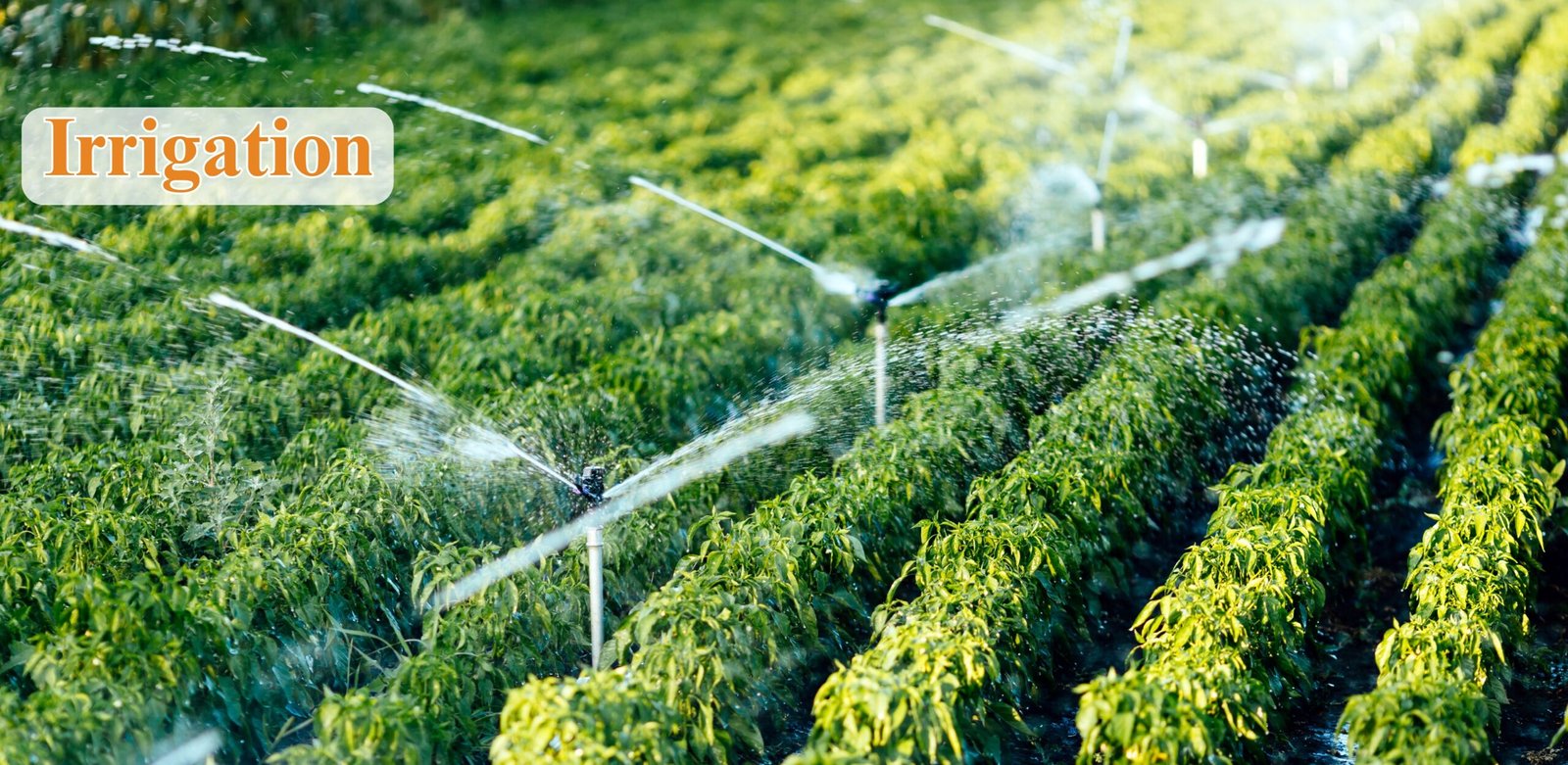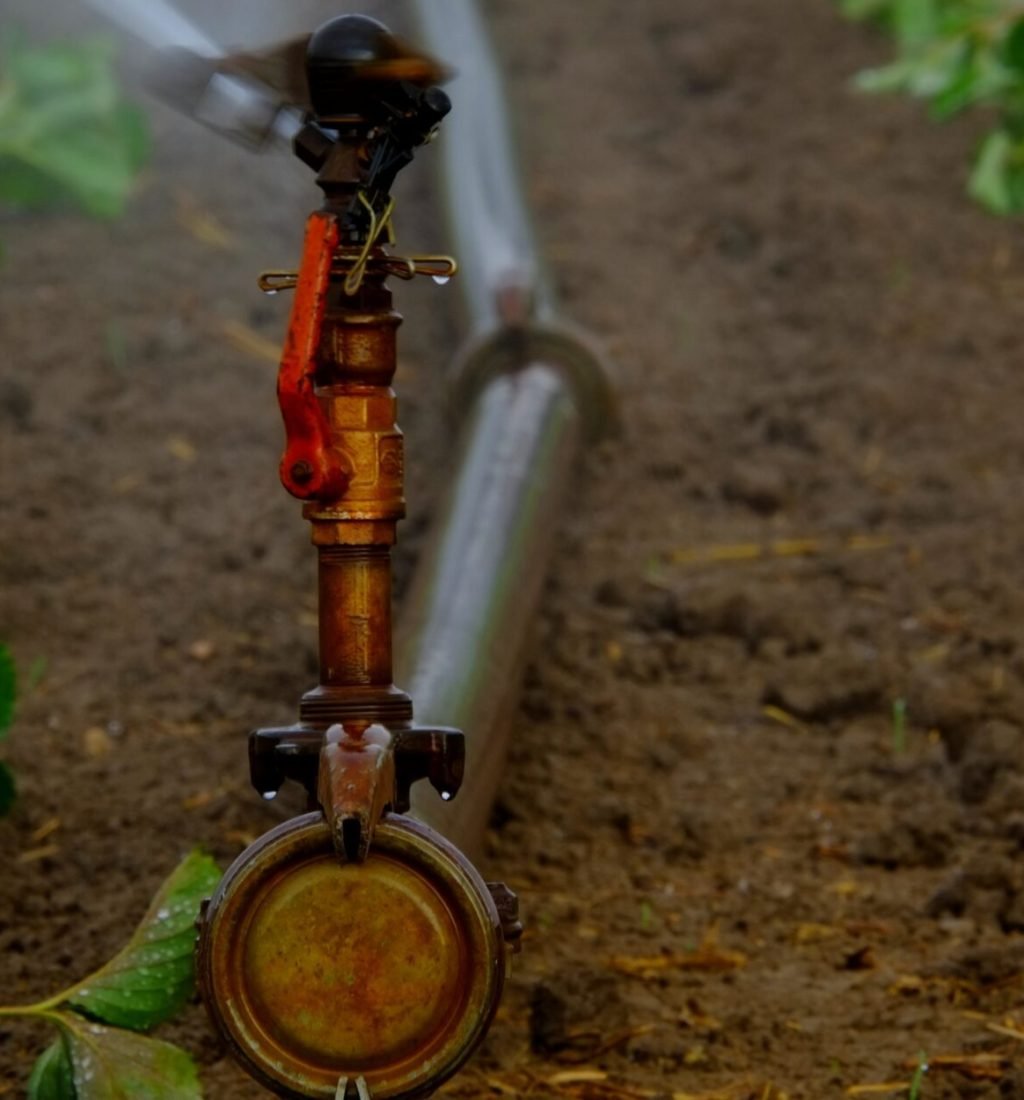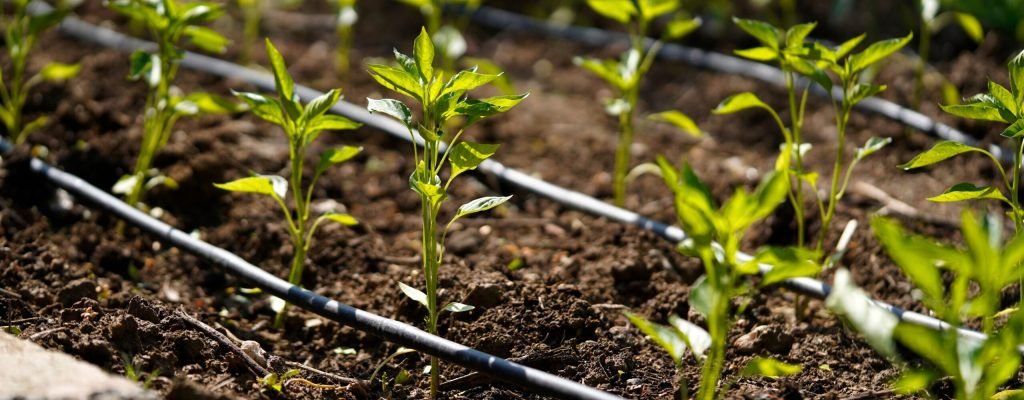Irrigation
💧 Irrigation Equipment in Modern Farm Mechanization
In the age of sustainable agriculture and smart farming, irrigation mechanization has become a cornerstone of productivity and efficiency on farms. With increasing pressure on water resources and rising labor costs, farmers are turning to modern irrigation equipment to automate water distribution, improve precision, and boost crop yields. The success of any irrigation system—whether it’s drip irrigation, sprinkler irrigation, or pivot systems—relies heavily on having the right equipment in place. This article explores the key components of a well-designed irrigation system and how each contributes to optimal farm performance.
Key Irrigation Equipment in Farm Mechanization
💦 Pumps : The Lifeline of Irrigation Systems
Every mechanized irrigation system begins with a reliable pump. Acting as the heart of the system, pumps draw water from a source—such as a borewell, river, lake, or reservoir—and push it through a network of pipes to reach the crops. The choice of pump depends on factors like water source, depth, required pressure, and irrigation type. Centrifugal pumps are commonly used for surface water and open systems like flood or sprinkler irrigation. Submersible and vertical turbine pumps are more efficient for deep wells and pressurized systems such as drip irrigation. Booster pumps are often used in uneven terrain to maintain pressure across long distances. A correctly sized and maintained pump ensures consistent water flow, reduces energy consumption, and prevents pressure-related failures, supporting a smooth and efficient irrigation operation.
🚰 Pipe Networks: Efficient Water Distribution
Once water is pumped, it travels through a system of pipes that deliver it evenly across the field. These systems typically include mainlines, submains, and laterals. Mainlines carry water from the pump under high pressure and must be strong and durable. Submains divide the flow into zones, while lateral lines carry water directly to the crop rows where emitters or sprinklers are installed. PVC pipes are popular for their lightweight, corrosion resistance, and cost-effectiveness. HDPE pipes offer greater flexibility and durability, especially for larger farms or rugged conditions. For low-pressure systems like drip irrigation, LDPE tubing is widely used. A well-designed pipe network ensures uniform water delivery, minimizes losses, and reduces the need for frequent maintenance.
🌧 Sprinklers and Emitters: Precision Application
At the end of the distribution system, sprinklers and emitters deliver water to crops in the required pattern and amount. Sprinkler systems—such as impact, rotary, and micro-sprinklers—spray water over a wide area and are ideal for row crops and open fields. Drip irrigation uses emitters, or drippers, to release water slowly and directly to the plant’s root zone. This method is highly efficient and ideal for orchards, vineyards, and vegetable farms. Pressure-compensating emitters ensure even distribution, especially in sloped or uneven terrain. Choosing the right output device improves water use efficiency, supports plant health, and reduces operational waste.
🌀 Filters: Protecting System Performance
Clean water is essential for efficient irrigation, especially in drip and micro-irrigation systems. Filters prevent clogs and protect components from damage by removing particles and debris from the water. Screen filters are suitable for cleaner water sources, removing larger particles. Disc filters are ideal for organic materials such as algae. Sand or media filters handle heavy-duty filtration, particularly when using water with high sediment content. Proper filtration ensures consistent system performance, extends equipment life, and reduces maintenance frequency.
⚙ Valves: Managing Flow and Irrigation Zones
Valves regulate water flow and allow control over different sections or zones of the field. Manual valves like ball and gate valves are used for basic flow control, while automated systems use solenoid valves connected to timers or controllers to schedule irrigation. Air release valves prevent airlocks that can obstruct flow. Zoning helps tailor irrigation to different crops or soil conditions, conserving water and improving crop-specific management. Using high-quality valves increases system flexibility, supports automation, and enhances water efficiency across the farm.
📉 Pressure Regulators: Maintaining System Balance
Maintaining the correct pressure is vital for irrigation system longevity and effectiveness. Pressure that is too high can burst pipes or damage emitters, while low pressure leads to uneven water distribution. Inline or adjustable pressure regulators help maintain stable operating conditions, particularly in drip and sprinkler systems. Some output devices come with built-in regulators, but external regulators are often necessary to ensure consistency throughout the network. Proper pressure management ensures uniform irrigation, protects infrastructure, and improves overall performance.
📲 Controllers and Timers: Automating Irrigation
Automation plays a key role in modern farm irrigation. Controllers and timers allow farmers to program watering schedules, operate valves, and manage zones efficiently. Basic timers handle fixed schedules, while advanced smart controllers can connect to mobile apps or weather sensors to adjust irrigation based on rainfall, temperature, or soil moisture. This reduces manual intervention, saves water, and ensures crops receive exactly what they need. Automation also reduces labor, increases precision, and contributes to better crop health and higher yields.
🌱 Sensors and Accessories: Making Irrigation Smarter
Integrating sensors into an irrigation system adds a new level of intelligence and efficiency. Soil moisture sensors monitor real-time water levels in the soil, triggering irrigation only when necessary. Rain sensors pause scheduled watering during rainfall, preventing overwatering. Flow sensors help track water usage, aiding both conservation and compliance with regulations. Other useful accessories include fertilizer injectors for fertigation, flush valves for cleaning, and backflow preventers to protect water sources. These components enhance both efficiency and safety across the irrigation infrastructure.
Conclusion
Investing in the right irrigation equipment goes beyond convenience—it directly impacts farm productivity, water conservation, and long-term sustainability. From pumps and piping systems to emitters, filters, valves, and automation, each component of an irrigation system plays a vital role in supporting high-yield, resource-efficient agriculture.
Understanding how these components work together empowers farmers to make informed decisions, reduce operational costs, and improve crop health. As part of your journey toward smart farming, embracing modern irrigation technologies ensures that your farm is not only productive today but also resilient for the future.


